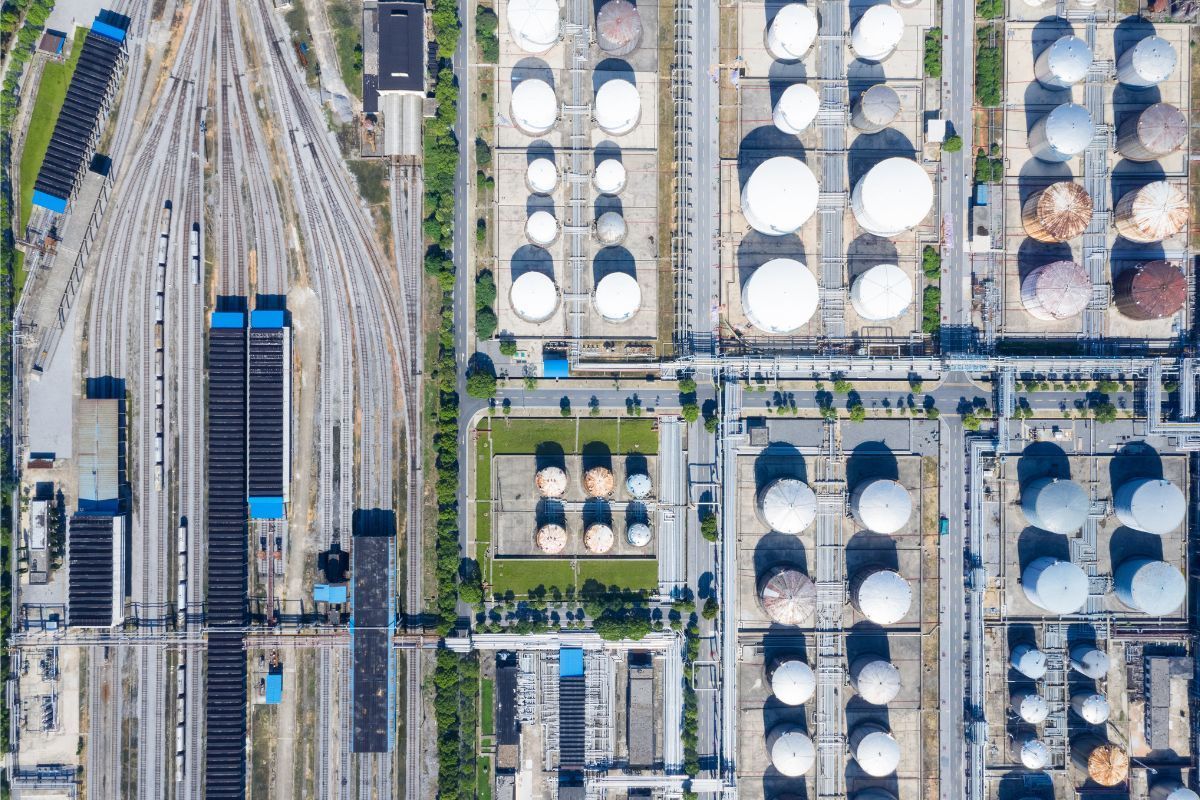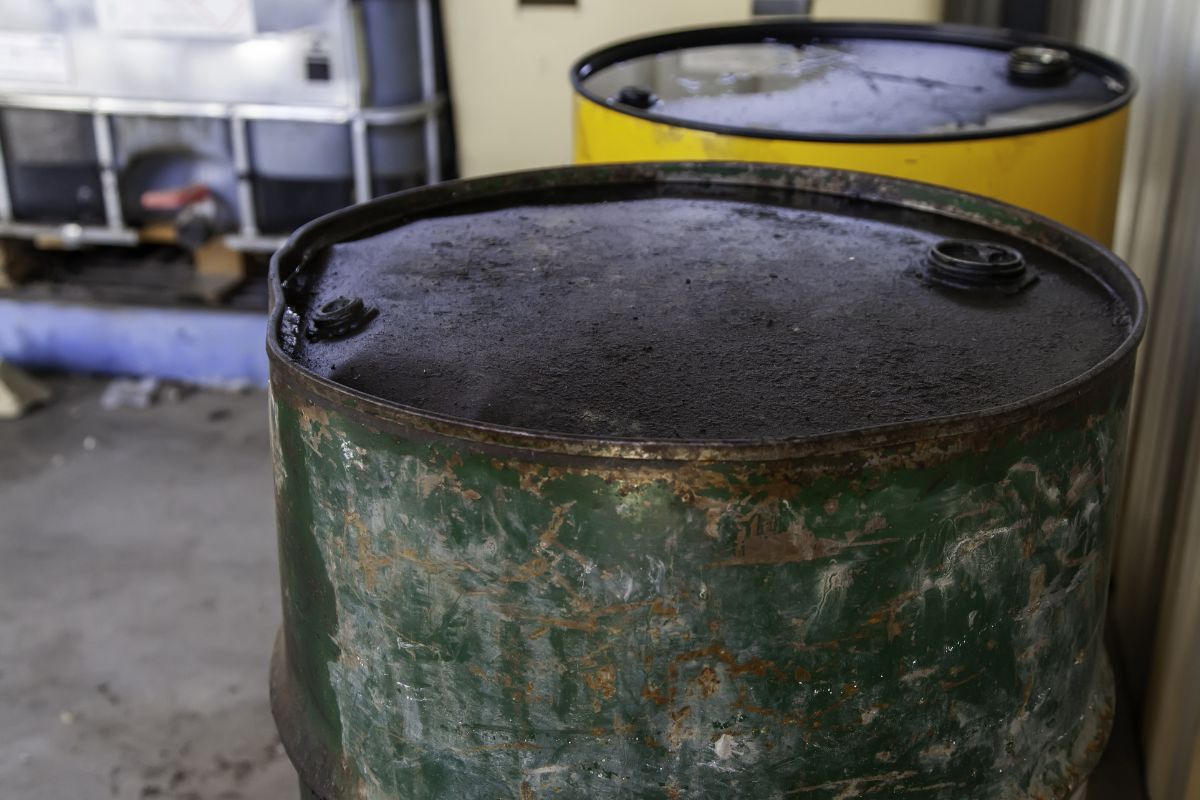Insurance Implications of New Offshore Drilling Safety Standards
See How We're Different
Or Call Us: (281) 823-8262

Offshore drilling has long been a cornerstone of global energy production, but it comes with inherent risks that impact not only operational safety but also the insurance landscape surrounding these ventures. With the introduction of new safety standards and evolving technologies, the insurance industry faces a complex environment of challenges and opportunities. This article explores how recent developments in offshore drilling safety influence insurance policies, risk assessment, and premium structures, providing a comprehensive view for stakeholders in the energy and insurance sectors.
Evolution of Offshore Drilling Safety Standards
Safety in offshore drilling has seen significant advancements over the past decade, driven by both regulatory changes and technological innovation. In 2010, the U.S. Department of the Interior introduced stringent regulations aimed at strengthening drilling safety and reducing human error in offshore oil and gas operations. These regulations marked a pivotal shift towards more rigorous oversight and operational discipline, seeking to prevent catastrophic incidents like blowouts and major spills.
Such regulatory frameworks have been critical in shaping the operational environment offshore. They impose higher standards for equipment integrity, personnel training, and emergency preparedness. The impact of these regulations is evident in the ongoing reduction of incident rates worldwide, as highlighted by a 2014 report showing significant improvements in offshore drilling safety metrics globally and regionally. Furthermore, the introduction of real-time monitoring technologies has allowed operators to track drilling conditions and equipment performance more closely, enabling proactive measures to mitigate risks before they escalate into serious incidents.
Despite these gains, offshore drilling remains a high-risk activity. Sarah Chasis, Senior Strategist at the Natural Resources Defense Council, emphasizes that “offshore drilling will remain a risky business,” underscoring the persistent challenges that operators and insurers must navigate. The inherent dangers of working in harsh marine environments, combined with complex machinery and human factors, continue to demand vigilant safety practices and adaptive risk management. In addition, the industry is increasingly focusing on fostering a safety culture that prioritizes communication and collaboration among crew members, which is essential for identifying potential hazards and implementing effective safety protocols.
For more details on the regulatory changes, see the U.S. Department of the Interior’s 2010 safety regulations announcement.
Moreover, the role of advanced simulation training has gained traction in recent years. By utilizing virtual reality and other immersive technologies, companies can provide their personnel with realistic scenarios that enhance their preparedness for emergency situations. This innovative approach not only boosts confidence among workers but also helps to instill a deeper understanding of safety protocols and emergency response strategies. As the industry continues to evolve, the integration of such technologies is likely to play a crucial role in further reducing risks associated with offshore drilling operations.
Additionally, the global push for sustainability and environmental protection has led to the development of new safety standards that prioritize ecological considerations in offshore drilling practices. Companies are now required to implement measures that minimize their environmental footprint, such as improved waste management systems and spill response strategies. This shift not only reflects a growing awareness of environmental issues but also aligns with the broader goals of transitioning towards more sustainable energy practices in the face of climate change challenges.
Impact on Insurance Risk Assessment and Underwriting
The introduction of enhanced safety standards directly influences how insurers assess risk and underwrite offshore drilling policies. Historically, offshore operations have been associated with significant losses due to well control incidents, equipment failures, and environmental spills. For example, in 2017 alone, there were six loss of well control incidents and 73 spills involving oil, drilling mud, and other chemicals during offshore operations.
These statistics highlight the critical areas of concern for insurers, who must evaluate the likelihood and potential severity of such events when determining coverage terms. The 2023 study analyzing 1,312 failure records from offshore drilling operations, particularly focusing on blowout preventer failures caused by damaged elastomeric seals, underscores the technical vulnerabilities that remain despite improved safety protocols. Blowout preventers are a crucial line of defense, and their failure can lead to catastrophic consequences, significantly impacting insurance claims and liabilities.
Insurers now incorporate more granular data on equipment maintenance, operational procedures, and compliance with safety regulations into their underwriting models. The integration of real-time monitoring technologies and predictive analytics also allows for dynamic risk assessment, enabling insurers to adjust premiums and coverage limits based on evolving operational conditions.
These developments necessitate closer collaboration between operators and insurers to ensure transparency and accurate risk profiling. For a detailed analysis of offshore incident statistics, visit the Bureau of Safety and Environmental Enforcement’s offshore incident statistics.
Moreover, the shift towards more stringent safety standards is also prompting insurers to reassess their risk appetite and policy frameworks. As operators invest in advanced technologies such as autonomous underwater vehicles and enhanced drilling techniques, insurers are challenged to keep pace with these innovations. The incorporation of artificial intelligence and machine learning into operational practices not only improves safety outcomes but also generates vast amounts of data that can be leveraged for more precise risk modeling. This evolving landscape requires insurers to continuously update their risk assessment methodologies to reflect the latest technological advancements and their implications for operational safety.
Additionally, the financial implications of enhanced safety measures extend beyond immediate risk assessment. Insurers are increasingly recognizing the long-term benefits of investing in safety and risk management initiatives. By promoting a culture of safety and compliance, operators can mitigate risks and potentially lower their insurance premiums over time. This proactive approach not only fosters a safer working environment but also enhances the overall sustainability of offshore drilling operations, aligning with broader industry goals of reducing environmental impact and promoting responsible resource extraction.
Technological Advances and Their Insurance Implications
Advancements in offshore safety technologies play a pivotal role in mitigating risks and shaping insurance policies. The 2024 Offshore Safety Systems & PPE Special Report highlights the latest trends in safety equipment, workforce training, and personal protective gear designed to reduce accidents and enhance emergency response capabilities.
Innovations such as enhanced blowout preventer designs, automated safety monitoring systems, and improved personal protective equipment contribute to lowering the frequency and severity of incidents. These technological improvements can lead to more favorable insurance terms, as insurers recognize the reduced risk profile of operators who invest in cutting-edge safety solutions.
However, the adoption of new technologies also introduces fresh challenges, particularly in cybersecurity. Offshore oil and gas operations increasingly rely on digital systems for control and monitoring, making them vulnerable to cyber attacks. A 2022 study on cybersecurity challenges in offshore oil and gas emphasizes the critical need for robust cyber defenses to protect personnel, equipment, and the environment from malicious intrusions.
Cybersecurity risks add a new dimension to insurance coverage, requiring specialized policies that address potential losses from cyber incidents. Insurers must evaluate the adequacy of an operator’s cybersecurity measures alongside traditional safety protocols to provide comprehensive protection.
Moreover, the integration of artificial intelligence and machine learning into offshore operations is revolutionizing safety management. These technologies enable predictive analytics, allowing operators to foresee potential hazards and implement preventative measures before incidents occur. By analyzing vast amounts of data from various sensors and systems, AI can identify patterns that human operators might overlook, leading to a more proactive approach to safety. This shift not only enhances operational efficiency but also strengthens the overall risk management framework, making it an attractive proposition for insurers.
In addition, the rise of remote monitoring technologies, such as drones and underwater robotics, has transformed how inspections and maintenance are conducted in offshore environments. These tools can access hard-to-reach areas, providing real-time data that can be crucial for timely decision-making. The use of drones for routine inspections reduces the need for personnel to work in hazardous conditions, thereby minimizing the likelihood of accidents. As these technologies gain traction, they further bolster the safety profile of offshore operations, prompting insurers to reconsider their risk assessments and potentially offer more competitive rates for operators who embrace these innovations.
Learn more about offshore safety innovations and cybersecurity concerns in the 2024 Offshore Safety Systems & PPE Special Report and the 2022 study on cybersecurity challenges.
Insurance Challenges from Fatalities and Transportation Risks
While much attention is focused on operational safety and equipment failures, transportation remains a significant risk factor in offshore drilling. A 2012 CDC report identified transportation events, particularly helicopter crashes, as the most frequent cause of fatal injuries in offshore oil and gas operations between 2003 and 2010.
These transportation-related fatalities pose unique challenges for insurers, as they involve complex liability issues and high-value claims. Helicopter transport is essential for moving personnel to and from offshore platforms, but the inherent risks necessitate specialized insurance products that cover both the operators and the service providers.
Insurance policies must account for the potential for catastrophic loss of life and the associated financial and reputational impacts on companies. This has led to increased scrutiny of transportation safety protocols, pilot training, and emergency response readiness as part of the overall risk management strategy.
Given the critical nature of transportation risks, insurers often require rigorous compliance with safety standards and may offer incentives for operators who implement advanced safety measures in their logistics operations.
Moreover, the geographical challenges of offshore drilling sites further complicate transportation logistics. Many platforms are located in remote areas, requiring not only reliable air transport but also effective maritime logistics. The interplay between helicopter and vessel transport adds another layer of complexity, as delays or incidents in one mode can cascade into significant operational disruptions. Insurers must therefore consider the entire supply chain and the interdependencies between different transport methods when assessing risk and determining coverage.
Furthermore, advancements in technology are beginning to reshape the landscape of offshore transportation. Innovations such as drone technology for cargo delivery and improved navigation systems are being explored to enhance safety and efficiency. These developments not only have the potential to reduce the frequency of transportation-related incidents but also influence the underwriting process, as insurers evaluate the effectiveness of new technologies in mitigating risks. As the industry evolves, staying abreast of these changes will be crucial for insurers aiming to provide comprehensive coverage in a dynamic environment.
Further insights into fatal injury statistics can be found in the CDC’s report on offshore oil and gas fatalities.
Future Outlook: Balancing Safety, Innovation, and Insurance Costs
The offshore drilling industry is at a crossroads where safety improvements and technological innovation must be balanced against the financial realities of insurance coverage. While enhanced safety standards and new technologies reduce risks, they also require significant investment from operators, which can influence insurance premiums and coverage conditions.
Insurers are increasingly adopting a proactive approach, encouraging operators to implement best practices and invest in safety innovations through premium discounts and tailored coverage options. This collaborative dynamic fosters a safer offshore environment while maintaining the viability of insurance markets.
Looking ahead, the integration of advanced data analytics, real-time monitoring, and cybersecurity defenses will be critical in further mitigating risks. Continuous improvement in safety culture, supported by regulatory oversight and industry commitment, will shape the future insurance landscape for offshore drilling.
Ultimately, the insurance implications of new offshore drilling safety standards reflect a broader trend toward risk reduction and resilience in one of the world’s most challenging industrial sectors. Stakeholders must remain vigilant and adaptive to navigate this evolving environment successfully.
As offshore drilling operations expand into deeper and more remote waters, the complexity of risk management increases significantly. Operators must not only contend with the physical challenges of these environments but also the regulatory frameworks that govern them. This necessitates a robust understanding of local laws, environmental concerns, and community relations, which can further complicate insurance assessments and coverage options. The interplay between environmental stewardship and operational efficiency is becoming a focal point for both operators and insurers alike, prompting innovative solutions that prioritize sustainability alongside profitability.
Moreover, the rise of renewable energy sources and shifting public sentiment towards greener practices are influencing the offshore drilling sector. Companies are increasingly exploring hybrid models that incorporate renewable technologies, such as wind and solar, into their operations. This transition not only aligns with global sustainability goals but also presents new opportunities for insurance products tailored to these hybrid operations. Insurers are beginning to recognize the potential for reduced risk profiles in operations that integrate renewable energy, thus reshaping the landscape of coverage options available to operators committed to both safety and sustainability.
For a comprehensive view of the ongoing improvements in offshore drilling safety, the 2014 report on global and regional safety improvements offers valuable insights into the positive trends shaping the industry.










